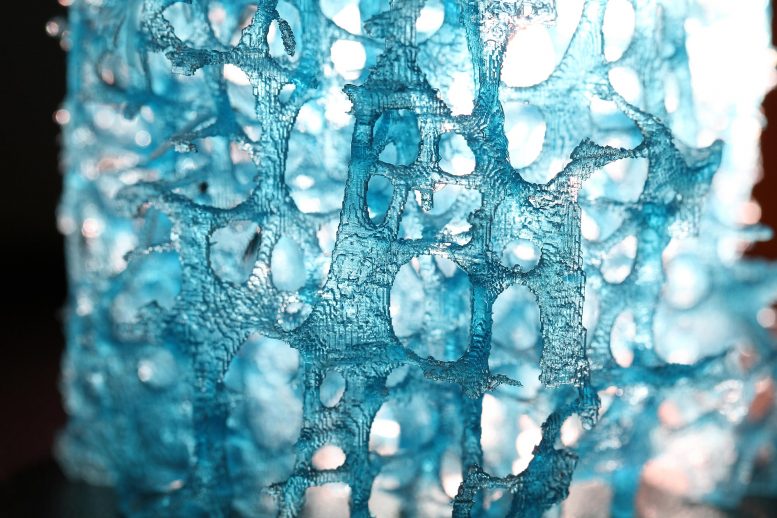People may not think about their bones as structures, yet specialists do. A group from Cornell University, Purdue University and Case Western Reserve University accepts that by studying the inner structure of bones, they might have the option to 3D-print more grounded development materials for homes and structures.
“Bone is a building,” says Purdue University educator Pablo Zavattieri. “It has these columns that carry most of the load and beams connecting the columns. We can learn from these materials to create more robust 3D-printed materials for buildings and other structures.”
The analysts found that the “beams” in bones give more firmness and quality than recently comprehended. Those pillars, otherwise called trabeculae, structure vertical plate-like swaggers and level pole like swaggers in bone. In an study distributed in Proceedings of the National Academy of Sciences, they suggest that it’s the even swaggers that expansion the weakness life of bone.
They accept that 3D-printed fabricating materials planned with comparable inside structures may prompt progressively strong structures. To test the hypothesis, Zavattieri’s lab planned 3D-printed polymers with models like trabecula.
Mechanical investigation reproductions found that the thicker the horizontal struts, the more extended the polymer kept going under burden. Since thickening the swaggers didn’t fundamentally expand the mass of the polymer, the group accepts comparable bone-inspired polymers could be utilized to make strong, lightweight structure materials, and those could be critical to making 3D-printed homes and structures.
Disclaimer: The views, suggestions, and opinions expressed here are the sole responsibility of the experts. No Graph Daily journalist was involved in the writing and production of this article.



